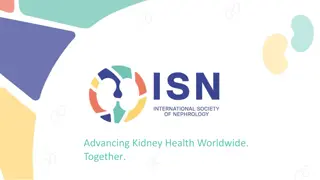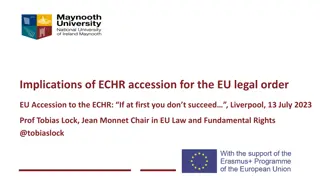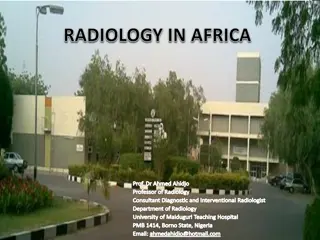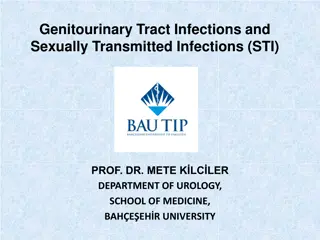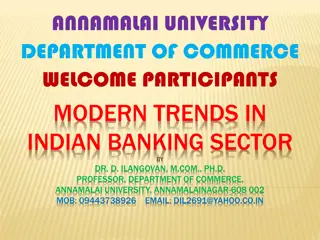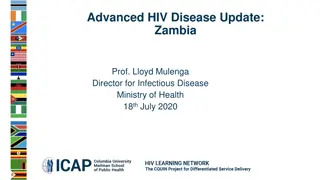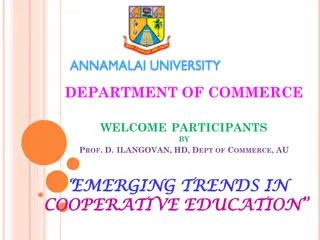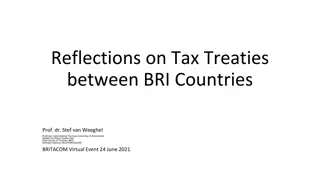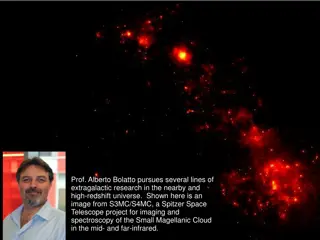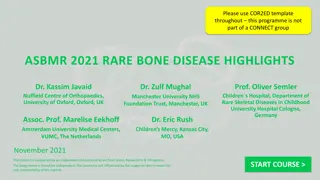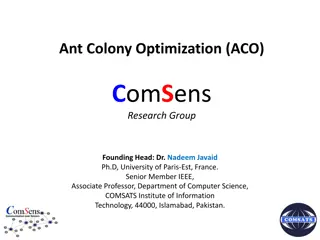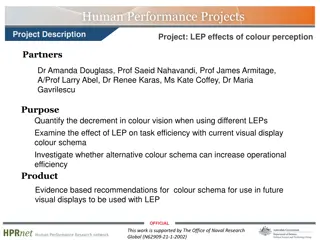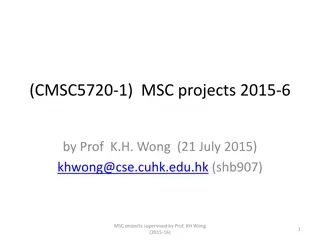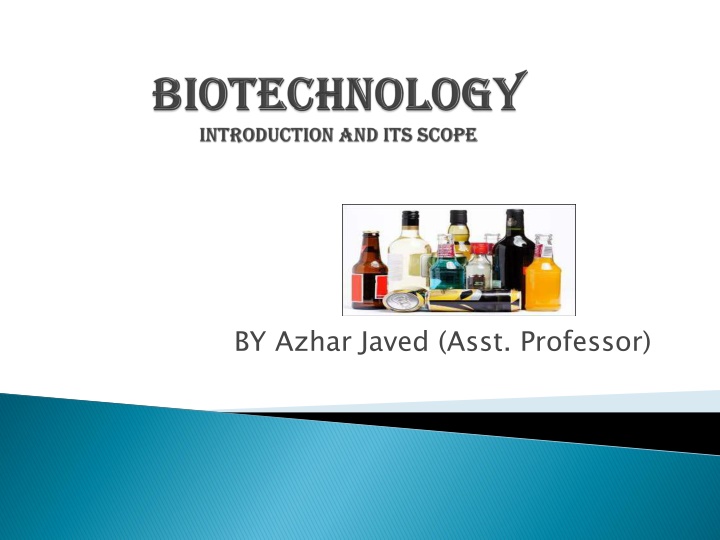
Different Sectors of Biotechnology
Delve into the realms of biotechnology, exploring its various sectors such as Blue, Red, Green, White, and Industrial Biotechnology. Discover how biotechnology merges biology with technology to enhance medical processes, agriculture, and industrial products. Learn about genetic engineering, marine bioresources, pharmaceutical production, genomic manipulation, and more.
Download Presentation

Please find below an Image/Link to download the presentation.
The content on the website is provided AS IS for your information and personal use only. It may not be sold, licensed, or shared on other websites without obtaining consent from the author. If you encounter any issues during the download, it is possible that the publisher has removed the file from their server.
You are allowed to download the files provided on this website for personal or commercial use, subject to the condition that they are used lawfully. All files are the property of their respective owners.
The content on the website is provided AS IS for your information and personal use only. It may not be sold, licensed, or shared on other websites without obtaining consent from the author.
E N D
Presentation Transcript
Biotechnology is a combination of biology and technology in which living organisms/systems are used to make products beneficial for mankind. Now a days biotechnology commonly refers to the use of genetic engineering technology to manipulate the genetic material of organisms and enhance the desired characters.
Blue Biotechnology Red Biotechnology Green Biotechnology White Biotechnology
It deals with marine or aquatic organisms and its relatively a new technology Marine bioresources are used in Biological applications like molecular biological methods. Term blue describes water in which these organisms survive.
Refers to the use of organisms for the Improvement of medical processes. Includes the designing of organisms to manufacture pharmaceutical products like antibiotics and vaccines. Engineering of genetic cures through genomic manipulation and its use in forensics through DNA profiling.
It is related to agriculture processes like selection, modification and domestication of rare plant species via micropropagation. Formation of transgenic plants to adopt specific environmental conditions.
Also called as industrial biotechnology. Refers to use of living cells/their enzymes to create industrial products that are more easily degradable, require less energy, create less waste products. Production of useful chemicals from different organisms.
Transformation is genetic alteration of a cell by direct uptake and incorporation of exogenous genetic material. Suitable Vectors are used as carriers to transport the required genes from donor to recipient cells. Large number of transgenic plants with agronomically useful genes are produced with this method.
As medical Scientist Biological/clinical technician Microbiologist Scientist Business development manager Academician Biochemist
Antony van leeuwenhoek 1675 born And discovered bacteria using a simple microscope. Gregor Mendel Austrian monk who performed the first genetic experiments using garden pea in mid 1800s.
Louis pasteur Disapproved the theory of spontaneous generation. Described the basic process of fermentation. Created rabbies vaccine. Robert hooke Born in 1665 Invented the compound light microscope. First to see cells under compound microscope.
India is soon going to be hotspot for biotech industry. Biotech sector in India is estimated to grow by 30.46 percent by 2025. India is among the top 12 biotech destinations in the world and third in Asia- pacific region. Pharmaceutical, Biological sciences, healthcare, food processing industry are blooming career options in biotechnology.

